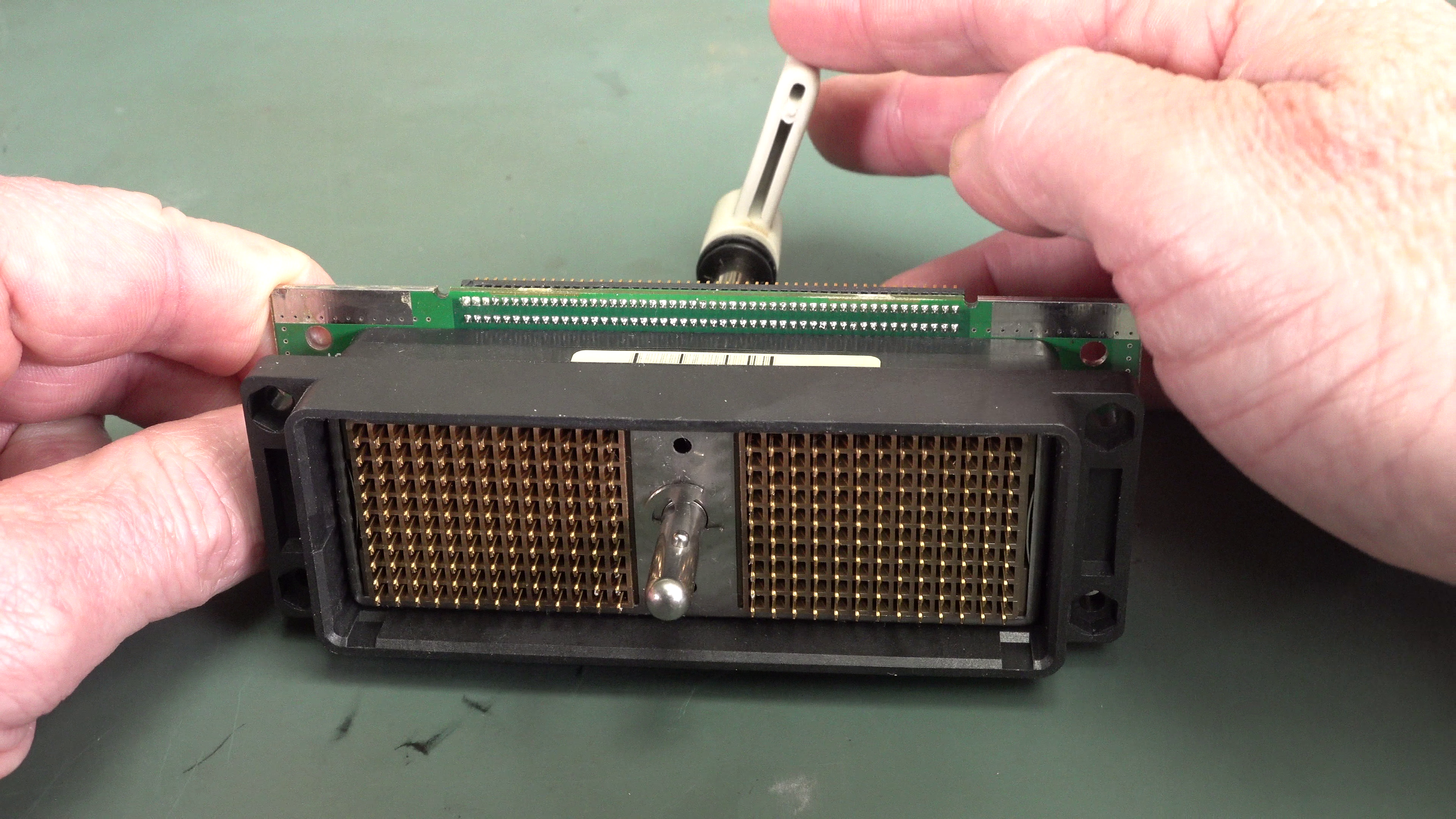|
ZIF (other) , Center for Interdisciplinary Research, Bielefeld
{{disambiguation ...
ZIF, ZiF or Zif may refer to: * Zero insertion force, a way to connect an electrical connector without applying force to the connector * Zero Intermediate Frequency, a radio demodulation technique * Zeolitic imidazolate frameworks, a class of metal-organic frameworks * Zif, Hebron, a Palestinian village in the West Bank Governorate of Hebron * Zif, Iran, a village in Kurdistan Province, Iran * ZiF ZIF, ZiF or Zif may refer to: * Zero insertion force, a way to connect an electrical connector without applying force to the connector * Zero Intermediate Frequency, a radio demodulation technique * Zeolitic imidazolate frameworks, a class of me ... [...More Info...] [...Related Items...] OR: [Wikipedia] [Google] [Baidu] |
Zero Insertion Force
Zero insertion force (ZIF) is a type of IC socket or electrical connector that requires very little (but not literally zero) force for insertion. With a ZIF socket, before the IC is inserted, a lever or slider on the side of the socket is moved, pushing all the sprung contacts apart so that the IC can be inserted with very little force - generally the weight of the IC itself is sufficient and no external downward force is required. The lever is then moved back, allowing the contacts to close and grip the pins of the IC. ZIF sockets are much more expensive than standard IC sockets and also tend to take up a larger board area due to the space taken up by the lever mechanism. Typically, they are only used when there is a good reason to do so. Design A normal integrated circuit (IC) socket requires the IC to be pushed into sprung contacts which then grip by friction. For an IC with hundreds of pins, the total insertion force can be very large (hundreds of newtons), leading ... [...More Info...] [...Related Items...] OR: [Wikipedia] [Google] [Baidu] |
Zero Intermediate Frequency
A direct-conversion receiver (DCR), also known as homodyne, synchrodyne, or zero-IF receiver, is a radio receiver design that demodulates the incoming radio signal using synchronous detection driven by a local oscillator whose frequency is identical to, or very close to the carrier frequency of the intended signal. This is in contrast to the standard superheterodyne receiver where this is accomplished only after an initial conversion to an intermediate frequency. The simplification of performing only a single frequency conversion reduces the basic circuit complexity but other issues arise, for instance, regarding dynamic range. In its original form it was unsuited to receiving AM and FM signals without implementing an elaborate phase locked loop. Although these and other technical challenges made this technique rather impractical around the time of its invention (1930s), current technology, and software radio in particular, have revived its use in certain areas including some c ... [...More Info...] [...Related Items...] OR: [Wikipedia] [Google] [Baidu] |
Zeolitic Imidazolate Frameworks
Zeolitic imidazolate frameworks (ZIFs) are a class of metal-organic frameworks (MOFs) that are topologically isomorphic with zeolites. ZIF glasses can be synthesized by the melt-quench method, and the first melt-quenched ZIF glass was firstly made and reported by Bennett et al. back in 2015. ZIFs are composed of tetrahedrally-coordinated transition metal ions (e.g. Fe, Co, Cu, Zn) connected by imidazolate linkers. Since the metal-imidazole-metal angle is similar to the 145° Si-O-Si angle in zeolites, ZIFs have zeolite-like topologies. As of 2010, 105 ZIF topologies have been reported in the literature. Due to their robust porosity, resistance to thermal changes, and chemical stability, ZIFs are being investigated for applications such as carbon dioxide capture. As a newly discovered state of a high-profile material, ZIF glass has been capturing more scientific interest since then, and ZIF-4, ZIF-62, ZIF-76 and around 10 other members from MOF family have all been successful ... [...More Info...] [...Related Items...] OR: [Wikipedia] [Google] [Baidu] |
Zif, Hebron
Zif ( ar, زيف) is a Palestinian village located south of Hebron. The village is in the Hebron Governorate in the southern West Bank. According to the Palestinian Central Bureau of Statistics, Zif had a population of 848 in 2007. The remains of a Byzantine-era Christian communal church have been discovered at Zif. Pot sherds from the Byzantine era have also been found here. Ottoman Era In 1838 Edward Robinson was the first to identify the village Zif and its adjacent Tell Zif with the biblical town of Ziph. In 1863 Victor Guérin visited and described the ruins. In 1874 surveyors from the PEF Survey of Palestine visited, and noted about Tell ez Zif: "A large mound, partly natural; on the north side a quarry; on the south are tombs. One of these has a single chamber, with a broad bench running round; on the back wall are three kokim with arched roofs, the arches pointed on the left side wall; at the back is another similar koka. A second tomb was a chamber, 8 feet to the ... [...More Info...] [...Related Items...] OR: [Wikipedia] [Google] [Baidu] |
Zif, Iran
Seyf-e Sofla ( fa, سيف سفلي, also Romanized as Seyf-e Soflá; also known as Saif Khār, Saik Khār, Sef-e Pā’īn, Seyf, Seyf-e Pā’īn, Siv, and Zif) is a village in Khav and Mirabad Rural District, Khav and Mirabad District, Marivan County, Kurdistan Province, Iran. At the 2006 census, its population was 547, in 104 families. The village is populated by Kurds ug:كۇردلار Kurds ( ku, کورد ,Kurd, italic=yes, rtl=yes) or Kurdish people are an Iranian ethnic group native to the mountainous region of Kurdistan in Western Asia, which spans southeastern Turkey, northwestern Iran, northern Ir .... References Towns and villages in Marivan County Kurdish settlements in Kurdistan Province {{Marivan-geo-stub ... [...More Info...] [...Related Items...] OR: [Wikipedia] [Google] [Baidu] |

